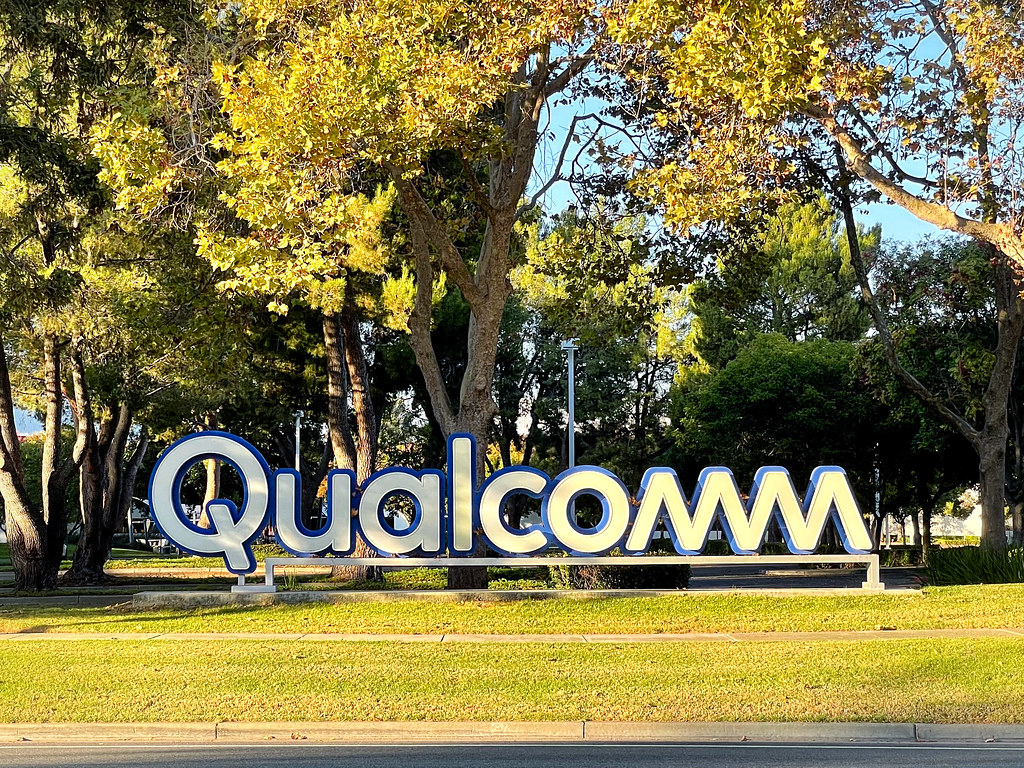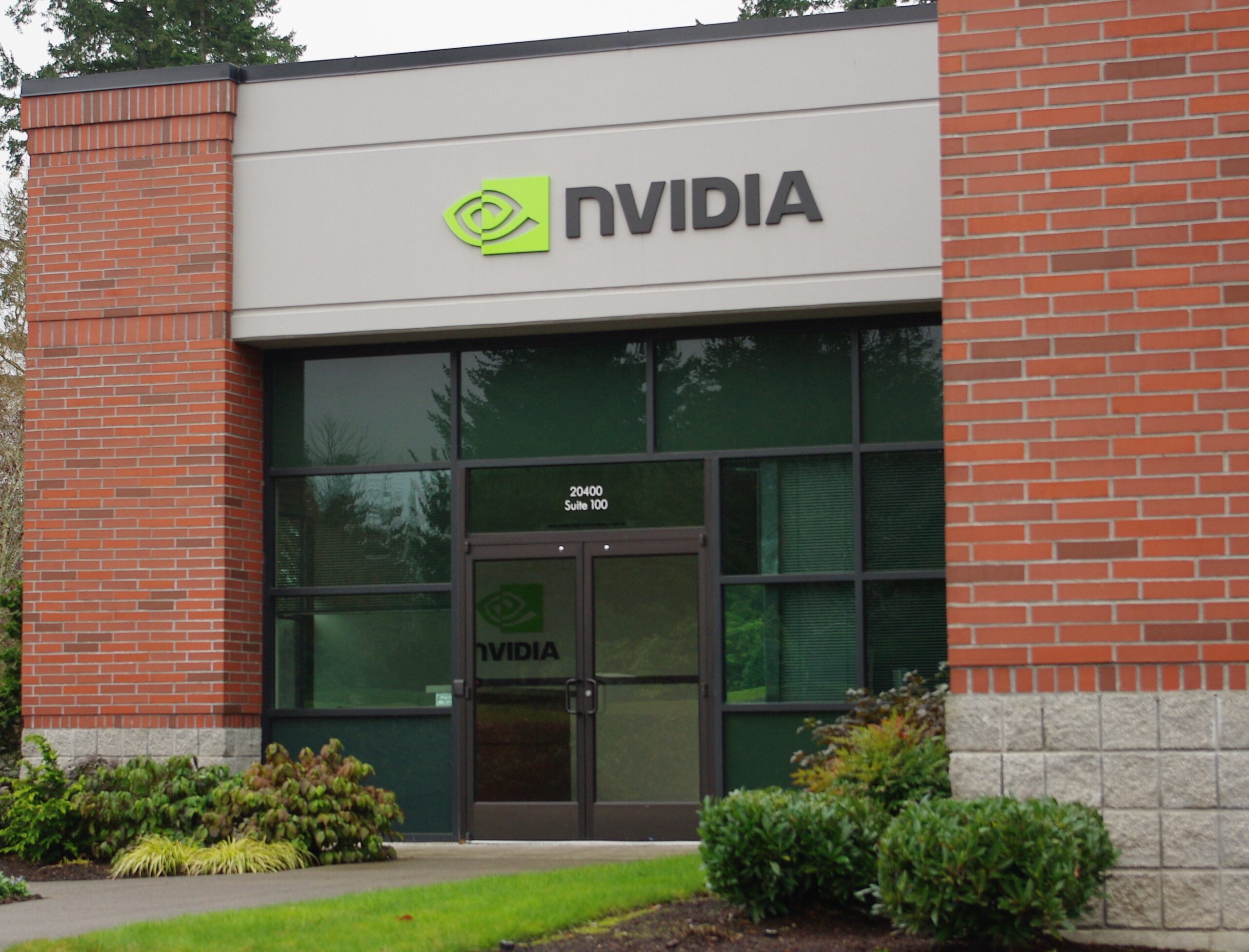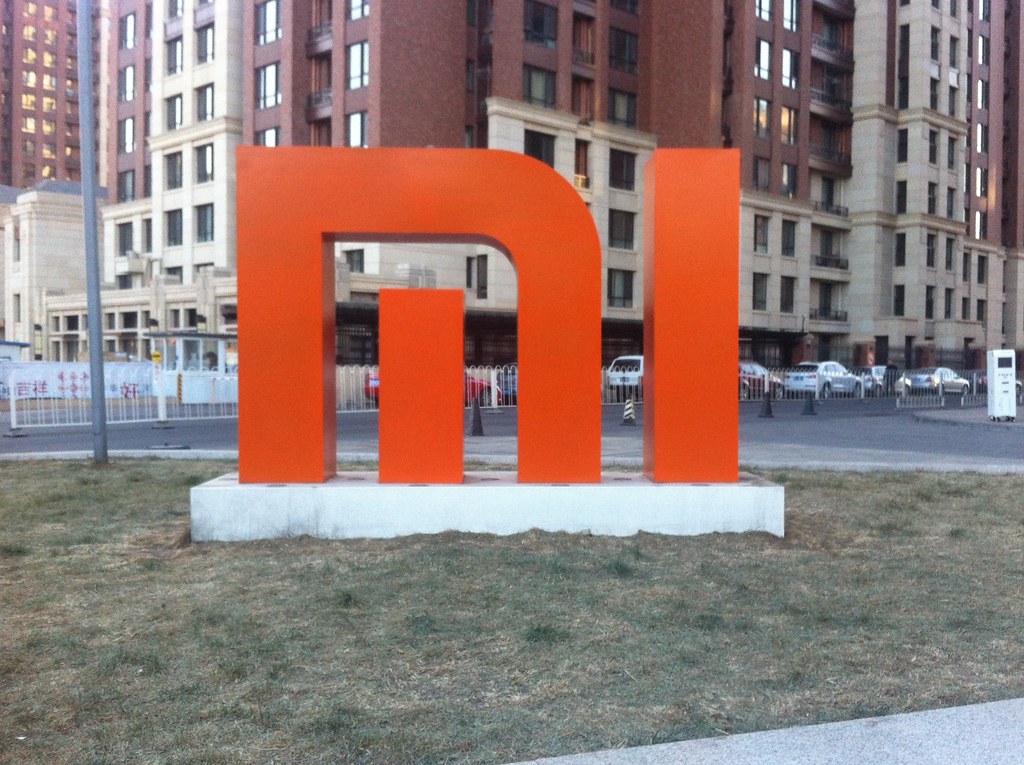Nvidia CEO Jensen Huang unveiled a series of strategic announcements on May 19, 2025, during the Computex conference in Taipei, Taiwan. The tech giant revealed ambitious plans to enhance its influence in the artificial intelligence (AI) landscape through new infrastructure, partnerships, and innovative technology.
Just days before E3, Nvidia revealed that it will be opening a new office in Taiwan. This action is intended to strengthen university-industry partnerships with the local. It’s the latest joint venture partnership for Nvidia, which is linking with Foxconn, or Hon Hai Technology Group. Together, they will jointly build an AI supercomputer project based in Taiwan. According to the announcement, this partnership will strengthen Taiwan’s AI capacities and build high-performance computing infrastructures specifically designed for AI workloads.
Introduction of NVLink Fusion Program
Nvidia introduced its “NVLink Fusion” program. This new commitment will let Nvidia’s customers combine third-party non-Nvidia CPUs and GPUs with Nvidia products and NVLink Connect technology. This development is particularly significant for companies that wish to incorporate Nvidia’s powerful GPUs into their systems without committing to a fully Nvidia-based architecture.
The NVLink Fusion program includes collaborations with industry leaders, including MediaTek, Marvell, Alchip, Astera Labs, Synopsys, and Cadence. The new project supports development of equitable AI infrastructures. It permits the bringing together of Nvidia’s processors with non-Nvidia CPUs and ASICs, which drastically expands Nvidia’s industrial footprint.
Huang noted how vital the NVLink Fusion program is to ensuring Nvidia’s industry-wide influence is felt as broadly as possible. He stated, “NVLink Fusion is so that you can build semi-custom AI infrastructure, not just semi-custom chips.” This infrastructure bill will provide fertile ground for Nvidia, too. It’ll help them address customers looking to adapt some of their top-of-the-line GPUs, even if those customers aren’t constructing wholly Nvidia-based methods.
Analyst Insight on NVLink Fusion Impact
Industry analyst Ray Wang of Constellation Research, Inc., said NVLink Fusion’s implications for Nvidia’s competitive position were significant. He explained, “If widely adopted, NVLink Fusion could broaden NVIDIA’s industry footprint by fostering deeper collaboration with custom CPU developers and ASIC designers in building the AI infrastructure of the future.” According to Wang, this strategy consolidates Nvidia as “the center of next-generation AI factories—even when those systems aren’t built entirely with NVIDIA chips.”
Nvidia announced the general availability of the NVIDIA DGX Cloud Lepton, their most advanced AI platform yet. It opens up new opportunities for developers through a large pool of GPU resources and with the advanced technologies of NVLink Fusion. With DGX Cloud Lepton, customers will get access to tens of thousands of GPUs across different cloud providers around the world. This platform aims to help address the critical challenge of securing reliable and high-performance GPU resources by unifying access to cloud AI services across the NVIDIA compute ecosystem.
Nvidia’s big announcements didn’t end there, as they provided a glimpse of their next-gen Grace Blackwell systems specifically designed to accelerate AI workloads. Those weight-enforcing, full-featured, programmable and thrilling “GB300” systems are scheduled to be available in Q3 of 2025. They pledge to provide faster, further and fairer performance than models gone by.
Huang expressed enthusiasm about Nvidia’s partnerships in Taiwan and the broader implications for AI innovation. He stated, “We are delighted to partner with Foxconn and Taiwan to help build Taiwan’s AI infrastructure, and to support TSMC and other leading companies to advance innovation in the age of AI and robotics.”
The announcements at Computex are just the latest steps Nvidia is taking to ensure its dominance in the AI arms race, and smart compute development. Through strategic partnerships and innovative technologies like NVLink Fusion and DGX Cloud Lepton, Nvidia aims to empower a diverse range of customers and foster collaboration across the tech ecosystem.
What The Author Thinks
Nvidia’s multi-faceted strategy demonstrates how deeply the company is embedding itself at the center of AI innovation. By enabling integration beyond its own chips with NVLink Fusion and expanding access through DGX Cloud Lepton, Nvidia is broadening its reach and appeal across the AI ecosystem. This approach not only strengthens its leadership but also encourages industry-wide collaboration essential for the next generation of AI advancements.










